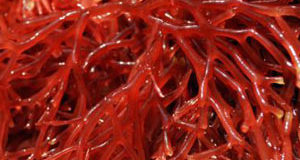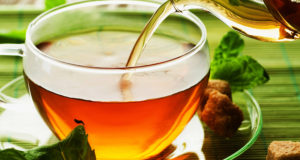
Not so many people know what couscous is and fewer people have actually tasted delicacies and dishes made of this healthy food. Couscous is actually a grain food that is comparable to pasta or rice. It is actually made of semolina wheat that’s moistened and then formed into tiny grain shapes. Couscous grains are smaller than rice grains and are dusted with flour so that they can retain structure. It can be interesting to know that couscous is staple food of some regions of the world and is considered like the pasta or rice in some countries. Just like pasta and rice, the couscous can be very versatile in terms of preparation and can be used in various dishes and salads; and they can also be used to prepare side dishes.
Since couscous is made from semolina grain, it is manufactured and sold in various ways. Some sell couscous without adding any kind of seasoning or without any extra ingredient. However, there are some stores that sell them in different varieties including couscous that are roasted in onion, garlic or olive oil. Amazingly, couscous can also be made with other kinds of wheat to give different flavors to it.
People from different parts of the world prepare the couscous differently. Some countries, like those from the African region, serve couscous in thin broth and in combination with cooked vegetables. In Morocco, however, couscous is served with lots of vegetables, sauces and beans. In Western countries, however, couscous is used more like an alternative to rice and pasta. If couscous is not local to your area then you can always buy them from health stores or from the ethnic food section of some supermarkets.
When it comes to nutrition, the couscous will never sell you short. It is, in fact, one of the healthiest grain-based products around. Its glycaemic load for every gram is 25% lower that of pasta. Not only that, couscous is also known to have superior vitamin content over pasta. To prove this, it should be said that couscous contains twice the content of niacin, riboflavin, vitamin B6 and folic acid compared to pasta. It also contains more thiamine and pantothenic acid.
Couscous is also a very good source of protein since it has 3.6 grams of protein in every 100 calories. Its protein content is the same as that of the pasta but a bit higher than white rice. Also, it would be interesting to note that couscous only has 1% ratio of fat to calorie making it one good alternative to rice and pasta if you want your food to be lower in fat content.
Couscous is, of course, a very good source for carbohydrates. If you are tired of cooking the usual grain staples like pasta and rice then the couscous can be good alternatives. With its carb content, it can be very satisfying hunger-wise despite its small grain size. The best thing about couscous is that it contains no cholesterol.
Remember that you can prepare by itself to take the place of rice or pasta or it can be cooked in combination with beef, pork, chicken and vegetables.

Source by Sydnie Vawdrey
 Vitamin Agent The Health & Naturalistic Source
Vitamin Agent The Health & Naturalistic Source





